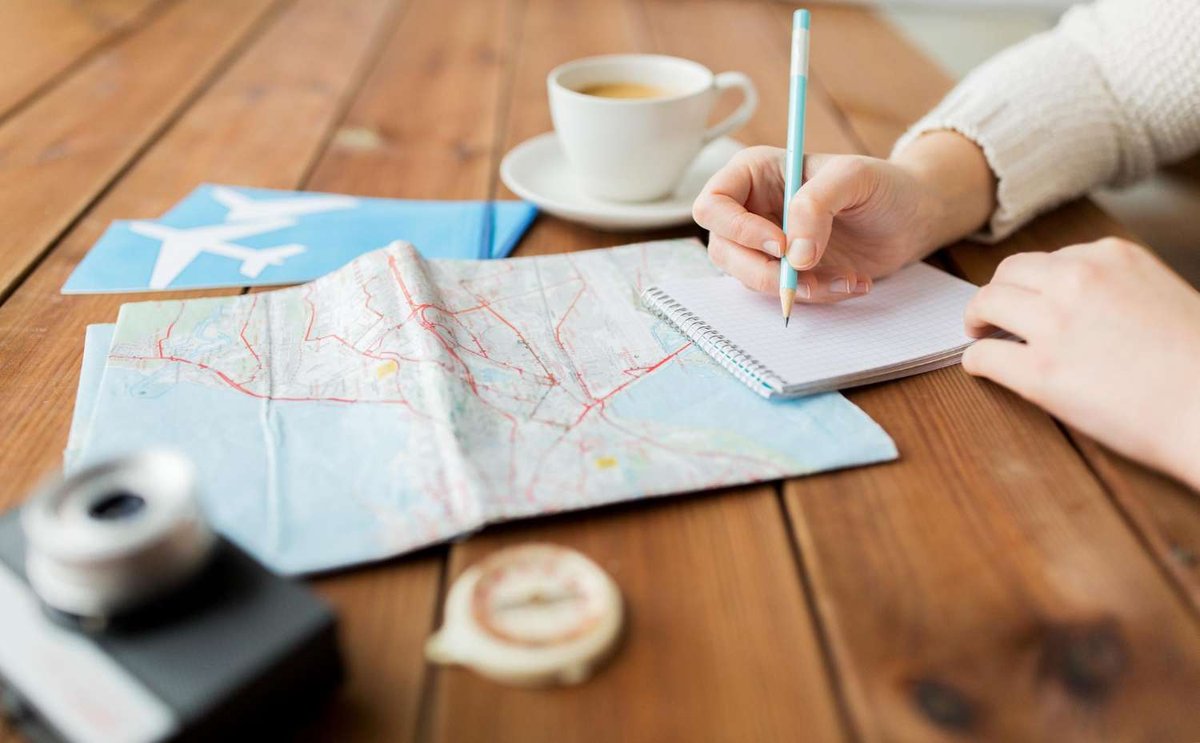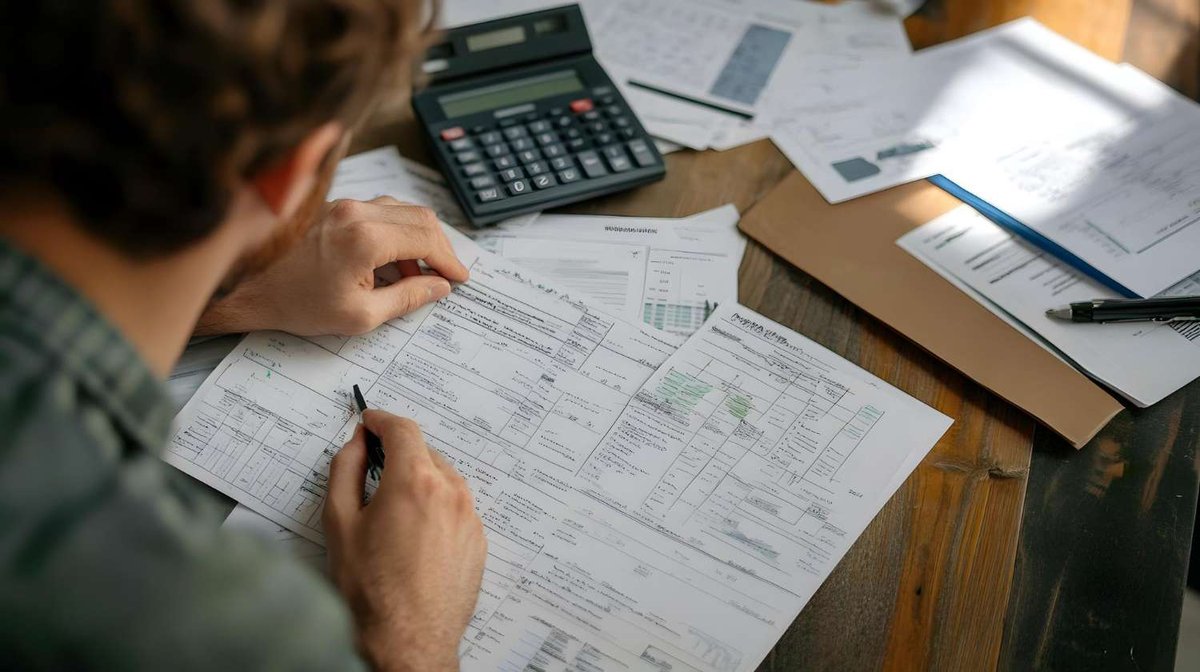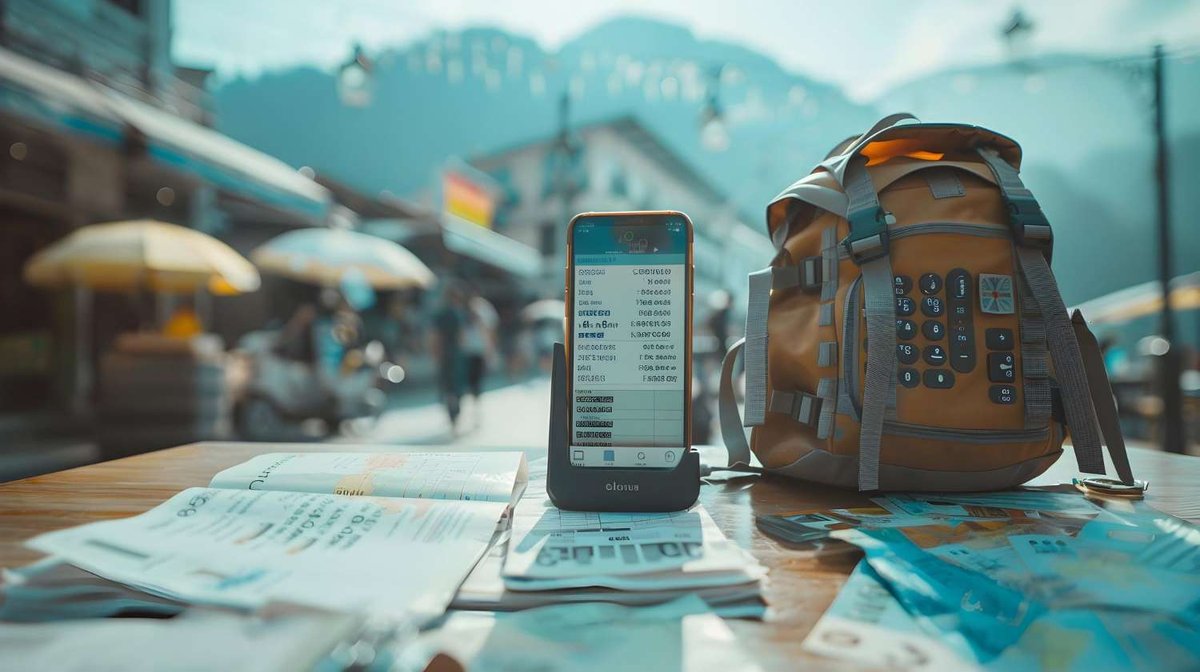🗺️ How to plan the perfect trip to Norway in advance: dates, routes and important life hacks
Planning is the key to a successful trip to Norway. The earlier you start preparing, the more opportunities you will have to save money and plan a comfortable itinerary, avoiding overpayments and queues during the high season. In this article, we have compiled the most important tips and life hacks to help you plan your perfect trip in advance and without stress. Below are answers to 10 frequently asked questions from tourists (110–130 words each), with useful links to sections of our blog: ‘Planning & Budget’, ‘Transport, Roads, Car Rental’, “Accommodation”, ‘Prices and Costs’ and others.

❓10 FAQs about planning a trip to Norway in advance
1. How far in advance should I start planning a trip to Norway?
The ideal time to start planning a trip to Norway is 4–6 months in advance. If you want to visit the country in summer (especially July–August), it is best to start preparing 6–8 months in advance, as hotel and car rentals book up very quickly during this time and prices rise significantly closer to the season. For the off-season (May, September, October), it is enough to start 3–4 months in advance to get the best deals. This will allow you to choose the most affordable flights, book comfortable and inexpensive accommodation, and reserve the car you need at a reasonable price. For more details on the planning stages, see the ‘Planning & Budget’ section.
2. How to choose the perfect season for your trip?
Choose the season based on your interests and goals for the trip:
- Summer (June-August): warm, long daylight hours, ideal for fjord cruises and hiking. However, this is the most expensive and crowded period.
- Autumn (September-October): fewer tourists, reasonable prices, beautiful landscapes. Ideal for photo tours and viewing the Northern Lights (in the north).
- Winter (December-March): the best time for skiing, watching the Northern Lights and winter safaris. The downside is that it is cold and the days are short.
- Spring (April-May): beautiful waterfalls, comfortable temperatures, low prices, good conditions for hiking and road trips.
For a detailed description of the seasons and weather nuances, see the ‘Weather and Seasons’ section.
3. When is the best time to book flights to Norway?
The best time to book flights is 4–6 months before departure. Early booking (more than 8 months in advance) is usually not worth it financially. The lowest prices are usually in the off-season (April, May, October, November), especially if you avoid weekends and holidays. For the summer months (June-August), tickets should be booked as early as possible, as prices increase by 1.5-2 times closer to the season. Use aggregators (Skyscanner, Aviasales) and set up price drop alerts. For tips on airline tickets and how to get the best deals, see the ‘Budget Life Hacks’ section.
4. Do I need to book accommodation in Norway in advance?
It is almost always necessary to book accommodation in Norway in advance. In summer (June-August), during the Northern Lights season (December-February) and during festivals, it is worth booking at least 4-6 months in advance. This is especially true for rorbu cabins in Lofoten and popular campsites and hotels along the fjords. In the off-season (April, May, September, October), you can find good options 2–3 months in advance. Early booking will also allow you to choose accommodation at the best price and in the best location. For useful tips on accommodation and trusted booking sites, see the ‘Accommodation’ section.
5. How to plan your budget for a trip to Norway in advance?
The travel budget consists of five main items: transport, accommodation, food, excursions and entertainment, and additional expenses (souvenirs, shopping, insurance).
By planning your trip in advance, you can significantly reduce your expenses:
- Booking accommodation in advance saves up to 30%.
- Air tickets purchased six months in advance are 40–50% cheaper.
- A pre-planned itinerary allows you to avoid overpaying on the spot (ferries, car rental).
- Use the expense calculators (accommodation, food, transport), which are described in detail in the section ‘Planning & Budget → Expense Calculators’.

6. How to choose the right transport for travelling in Norway?
Plan your route in advance and choose your transport based on it:
- For long distances (Oslo–Bergen, Oslo–Trondheim), it is better to take a train or plane.
- For travelling around the fjords, use buses, ferries and cruises.
- For maximum freedom, rent a car. This is especially true in Lofoten, Vesteralen and Hardanger.
- In cities, use public transport or a bicycle (bike rentals are popular in many cities).
Details and links to transport company websites can be found in the ‘Transport, roads, car rental’ section.
7. What to consider when planning your route?
When planning your route, consider the following:
- Optimal travel time (no more than 4–6 hours per day).
- Ferry and public transport schedules.
- Opening hours of museums and attractions.
- Weather conditions and possible route restrictions in the off-season.
Entur.no is a great service for checking logistics along your route in advance. For tips on planning routes and ready-made examples of trips, see the section ‘Transport, roads, car rental’.
8. What websites and apps can help me plan my trip?
Useful services for planning a trip to Norway:
- Yr.no — the best weather forecast.
- Entur.no — timetables for all types of transport.
- Booking.com, Airbnb, Finn.no — accommodation.
- Skyscanner, Momondo, Aviasales — airline tickets.
- Google Maps, Maps.me — offline routes and maps.
For more information about useful apps and services, see the ‘Communication and Internet’ section.
9. What mistakes do tourists make when planning a trip to Norway?
Typical mistakes:
- Late booking of tickets and hotels (price increase of up to 50–70%).
- Overloaded itinerary (constant travel without rest).
- Ignoring the climate (inappropriate clothing).
- Lack of insurance or documents confirming financial solvency.
For more information about common mistakes and how to avoid them, see the section ‘Useful tips for tourists’.
10. How can I prepare for unexpected situations in advance?
Purchase medical insurance in advance, make copies of your documents, download offline maps, keep a reserve of funds and embassy contacts. Additionally, consider a backup itinerary in case of bad weather. For more information on insurance and safety, see the ‘Medicine & Insurance’ section.

A well-planned trip to Norway guarantees comfort and savings, allowing you to enjoy your trip to the fullest and avoid problems. Follow our advice and your trip will be perfect, and Norway will give you only the best impressions!





1 comment
Log in to leave a comment